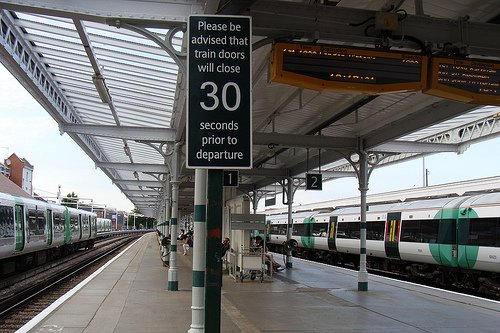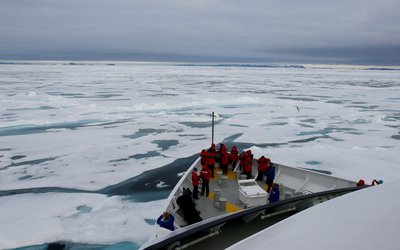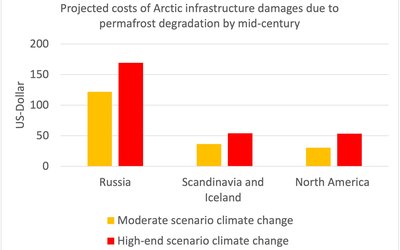
Possible temperature-related climate change impacts on the main line railway network of Great Britain have been assessed. Regional climate model projections for the future period 2030–2059 under the A1B emissions scenario have been used and compared with the baseline period 1971–2000.
The main findings include projected increases in the summertime (May–September) occurrence of temperature conditions associated with
- track buckling; the statistical significance varied with track condition and location.
- overhead power line sag; the increase is statistically significant in the south and east of England only, where the magnitude of the increase is a threefold to sevenfold increase.
- exposure of outdoor workers to heat stress; the increase is statistically significant in the south and east of England only, where its magnitude is a twofold to a ninefold increase.
- heat related delays to track maintenance; the increase is statistically significant at the 5 % level across Great Britain. The magnitude of the change is almost a threefold increase in some parts of Scotland.
The results include projected decreases in the wintertime (November–March) occurrence of temperatures conditions associated with freight train failure owing to brake problems. The change is statistically significant at the 5% level across Great Britain, and its magnitude is between −70 and −20 %.
Solutions to compensate for the projected impact of climate change on the main line railway network of Great Britain would require significant investment. An example of a possible infrastructural change is changing the structural form of the track—e.g. replacing the traditional ballasted track with sleepers with continuous concrete slab track, as used on high-speed lines in (for example) Germany. Although this track generates more noise, it requires less maintenance than ballasted forms as the maintenance issues associated with ballast are removed.
Source: Palin et al., 2013. Climatic Change 120: 71–93..
Photo: Ines Saraiva (www.flickr.com)








